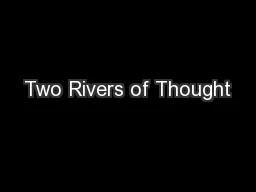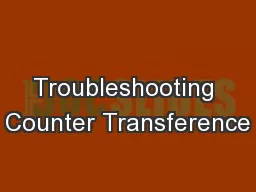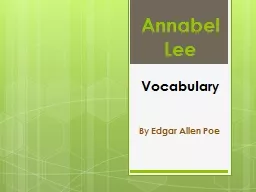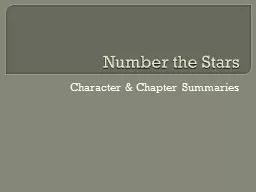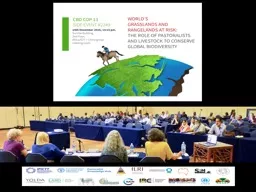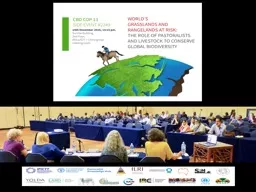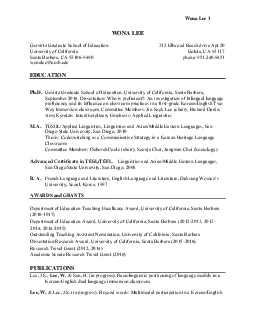PPT-By Ellen Lee
Author : giovanna-bartolotta | Published Date : 2017-11-10
Period 6 Code 8 Owl Pellet Project Introduction Comparative Question Do owls in the north or south of the US eat more voles HypothesisPrediction Since voles like
Presentation Embed Code
Download Presentation
Download Presentation The PPT/PDF document "By Ellen Lee" is the property of its rightful owner. Permission is granted to download and print the materials on this website for personal, non-commercial use only, and to display it on your personal computer provided you do not modify the materials and that you retain all copyright notices contained in the materials. By downloading content from our website, you accept the terms of this agreement.
By Ellen Lee: Transcript
Download Rules Of Document
"By Ellen Lee"The content belongs to its owner. You may download and print it for personal use, without modification, and keep all copyright notices. By downloading, you agree to these terms.
Related Documents


